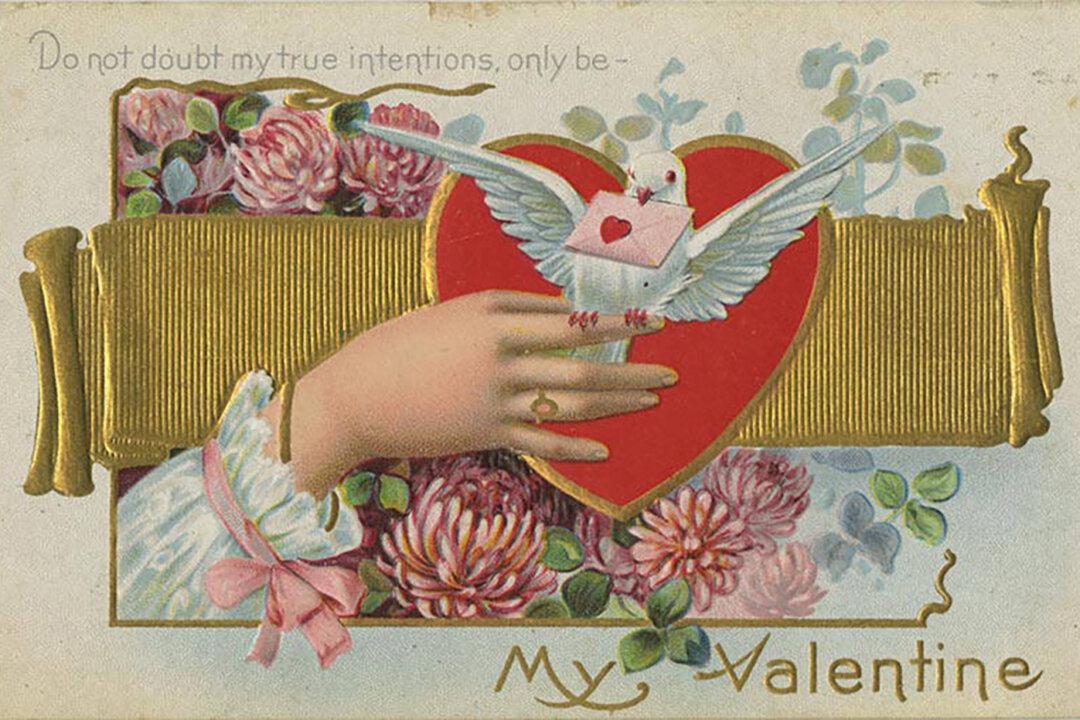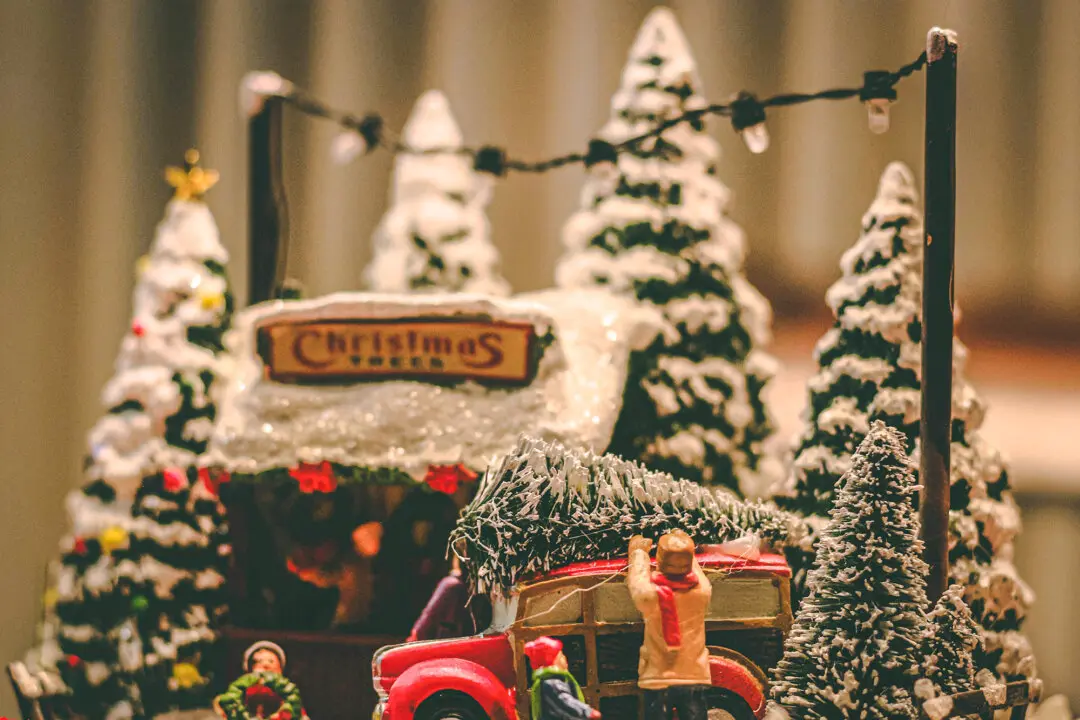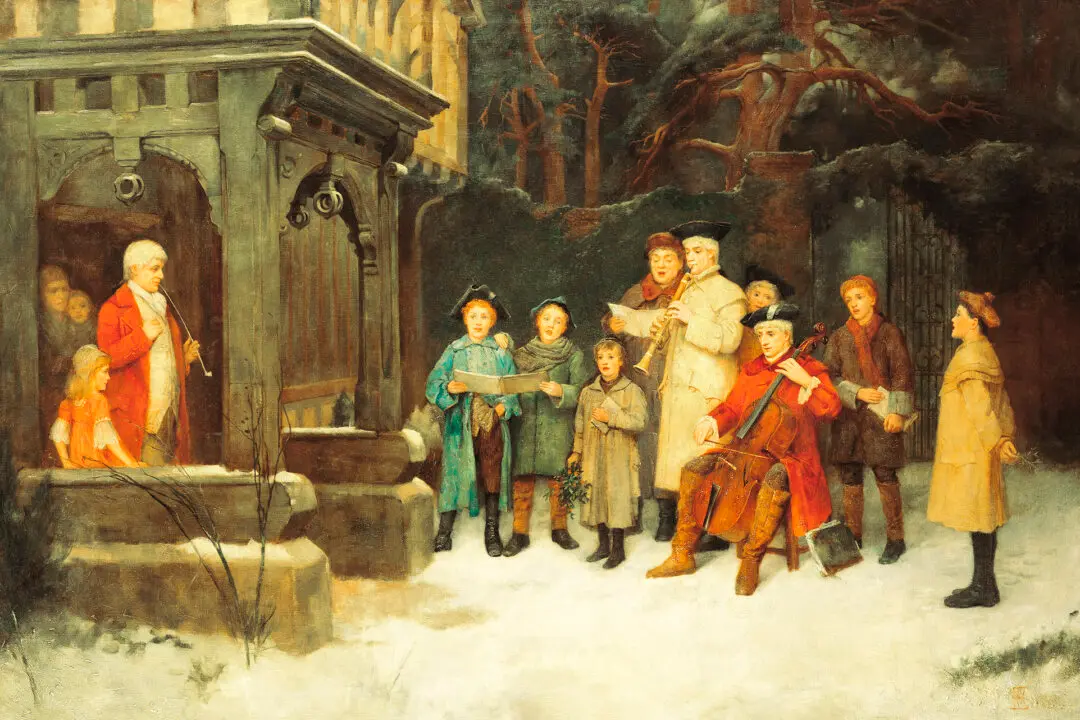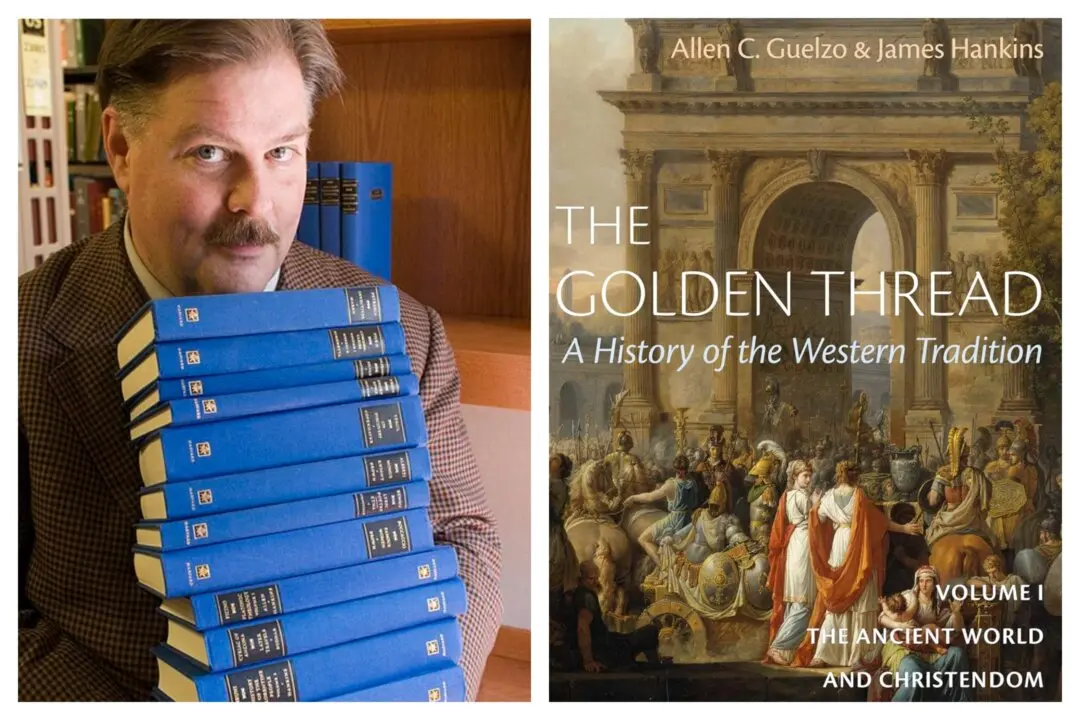On my desk at the moment are two collections of love letters.
The first is an illustrated anthology, “Love Letters,” selected by British writer and historian Antonia Fraser. The second is “The Book of Love,” edited by Diane Ackerman and Jeanne Mackin, an 800-page tome of fiction, poetry, essays, excerpts from memoirs, and about 50 letters.






